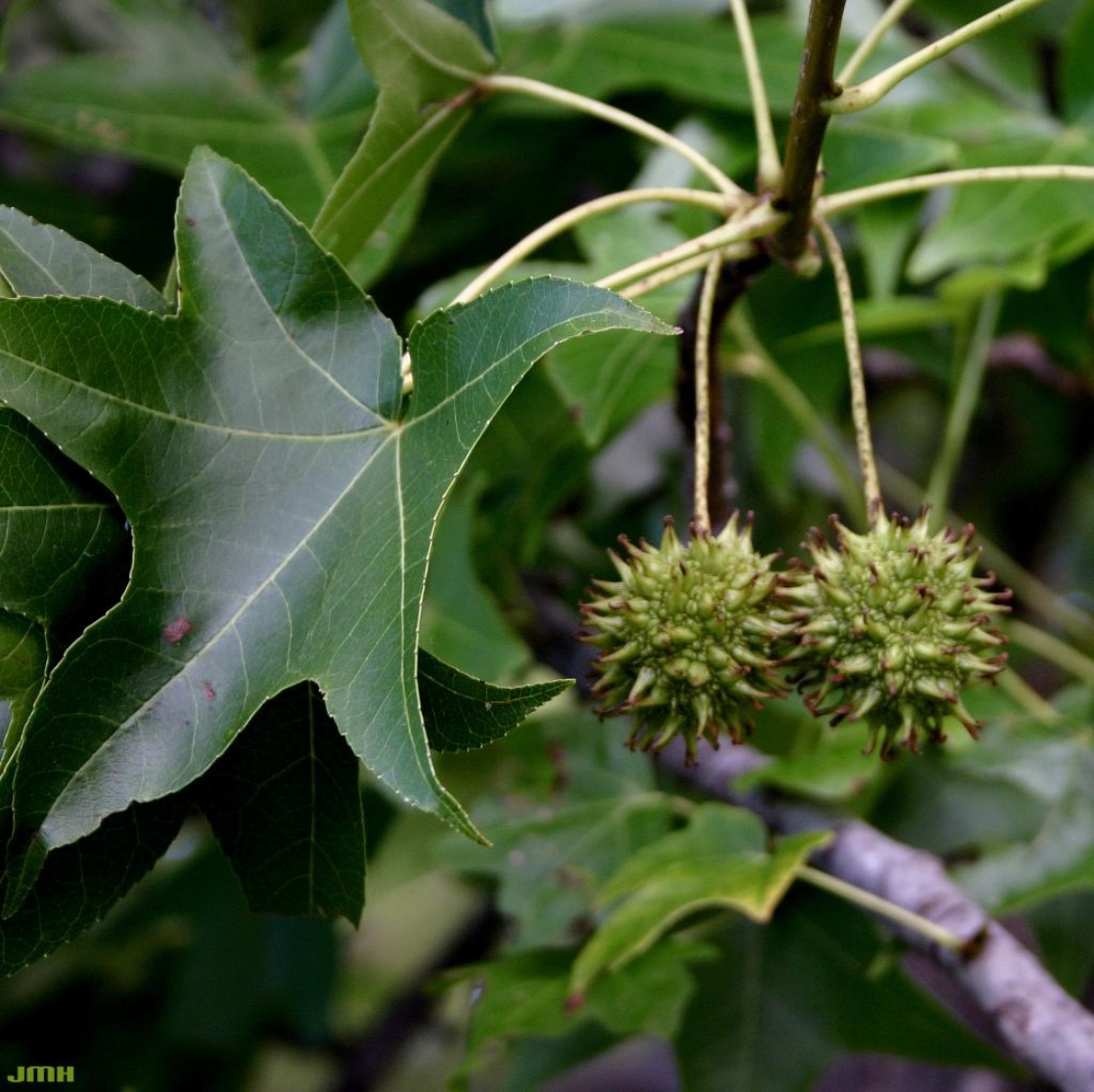With their dazzling fall colors and intriguing seed pods, sweet gum trees offer year-round visual splendor Let’s explore some captivating images showcasing the beauty of these underappreciated deciduous trees
Glorious Fall Foliage
Sweet gums are famed for their jaw-dropping autumn display. As cooler weather arrives, their lobed leaves transition from green to vivid hues of red, purple, orange and yellow Sweet gums cultivated from seed can exhibit varied fall colors, even on the same tree Some specific cultivars like ‘Burgundy’ and ‘Festival’ are prized for exceptionally vibrant fall foliage.
Backlit by the sun or set against a brilliant blue sky, sweet gums positively glow during their autumn spectacle. Side-lit trees highlight the saturated colors and create dimension. Creative photos play with selective focus, zeroing in on a few radiant leaves while softening the background. Sweet gum tunnels, avenues and groves make for dramatic landscape images bathed in fall’s palette.
Striking Seed Pods
Equally photogenic are the prickly seed pods produced by sweet gums. These round fruits emerge green but dry to brown as they mature. The seed balls fringed with pointy spikes create unique visual textures quite unlike any other tree.
Close-up shots reveal the intricate geometric patterns and spiraled seed pod structures. Side-lit pods cast intriguing shadows, while backlit ones showcase the spikes’ translucency. Creative photos position just a few pods against a blurred natural backdrop or stark white background. Large images of piled sweet gum balls convey high volume and abundance.
Beautiful Bark Patterns
While their foliage and fruit grabs the spotlight, sweet gum bark also offers photographic potential. The bark exhibits scaly ridging on mature trunks and limbs that create striking abstract patterns.
Tight shots of bark segments isolates the lines, grooves, and color variations. Low perspective images accentuate the bark’s textures and contrasts. Side-lighting enhances the ridging and furrows through strong directional shadows. Photos of the entire tree reveal how bark patterns create natural visual interest even in winter without leaves.
Spring and Summer Delights
Though subtler than fall and winter, spring and summer also present charming sweet gum photo ops:
- Delicate new leaves emerging with a reddish tint
- Fresh green summer foliage against blue skies
- Dappled sunlight filtered through leafy canopies
- Backlit leaves revealing their lobed shape
Focusing on themes like growth and renewal, dappled lighting, and summer shade lets photographers highlight the sweet gum’s unsung warmer-season merits.
So Much More Than Meets the Eye
At first glance, sweet gums may not seem remarkable compared to more coveted landscape trees. But photographing these under-the-radar gems reveals a surprising wealth of visual splendor. Through creative approaches and keen observations, photographers can uncover and capture the over looked beauty of sweet gums throughout the year.
Beyond their aesthetics, sweet gum images also document the distinctive features and seasonal highlights of these trees for broader educational and appreciative purposes. So grab your camera, get up close with these intriguing trees, and unveil their dazzling – if sometimes hidden – photogenic qualities. Your unique images might just reveal the sweet gum’s status as a photographic muse!
Frequently Asked Questions About Photographing Sweet Gum Trees
What is the best time of year to photograph sweet gum trees?
The most popular times to photograph sweet gums are during fall when the foliage turns vibrant colors and late winter when the spiked seed pods are visible. But creative photos can be taken year-round.
What settings and lenses work well for sweet gum tree photos?
Wide angle and telephoto lenses are great for landscape shots. Macro lenses highlight details like leaves and bark. Use narrow apertures for sharp focus and wide ones for blurred backgrounds. Side and backlighting create dimension.
What are good compositions and techniques for sweet gum images?
Try close-ups, selective focus, side lighting, backlighting, shallow depth of field, and shooting from creative angles and perspectives. Isolate details, use patterns and textures, and capture seasonal changes.
Should I photograph sweet gum trees in color or black and white?
Color captures the vivid fall leaves and textural bark. But black and white can provide creative contrast and draw the eye to shapes and patterns. Try both!
What important photography tips should I remember?
Scout locations in advance of peak color. Use a tripod for sharpness. High/low angles offer drama. Shoot in RAW format. Bracket exposures for ideal lighting. Pay close attention to your background. Have fun!
Through skillful photography, the underrated sweet gum emerges as a diverse photographic subject. Let these tips guide you in revealing the sweet gum’s hidden photogenic grandeur!
Which Tree is Right for Me?
You can order standard or semi-dwarf trees, bare-root or potted. When choosing which is best for you, make sure you think about the pros and cons of each.
- Also functions as a shade tree
- Can be planted farther from compatible pollinator
- Fills a larger space
- Easier to harvest fruit
- Bears fruit sooner
- Fits in a smaller space
Tree of the Week: Sweetgum
- The Ultimate Guide to Growing Strawberries in Raised Beds - August 8, 2025
- No-Dig Garden Beds: The Easiest Way to Grow a Beautiful Garden - August 6, 2025
- How to Protect and Preserve Wood for Raised Garden Beds - August 6, 2025

